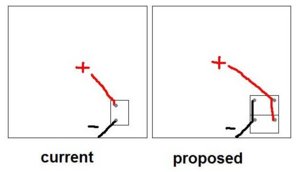- Joined
- Apr 16, 2005
- Location
- Sharon, SC
I dont know about tiny ass...
they are mounted in a rear wheel well to act as a counter weight and weigh ~75lbs, or at least used to be ~3 years ago.
they are mounted in a rear wheel well to act as a counter weight and weigh ~75lbs, or at least used to be ~3 years ago.








